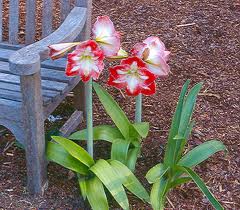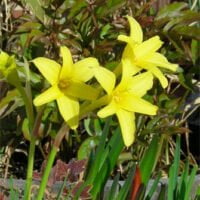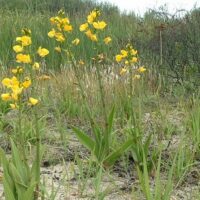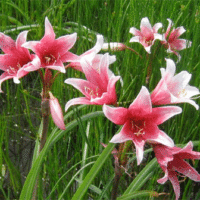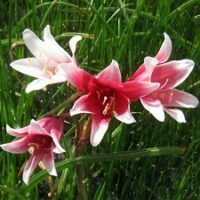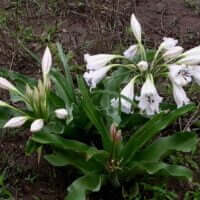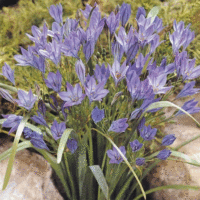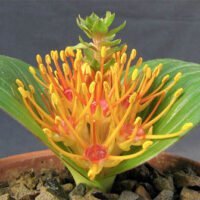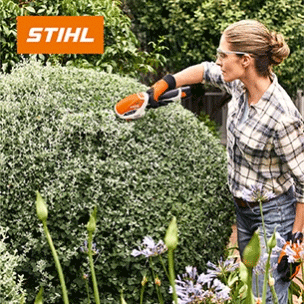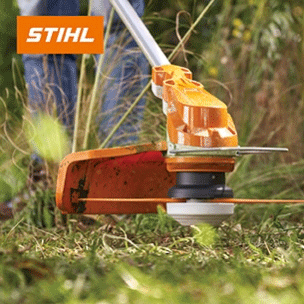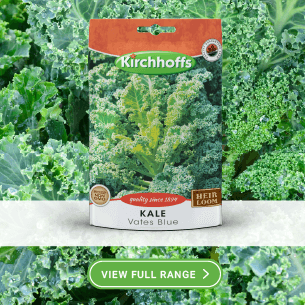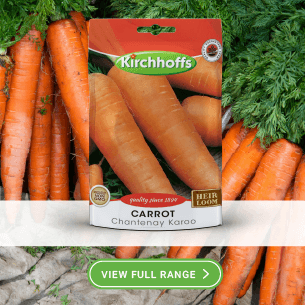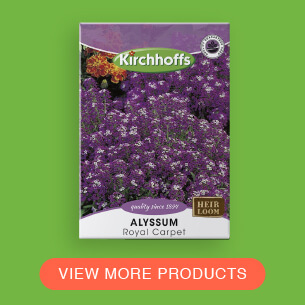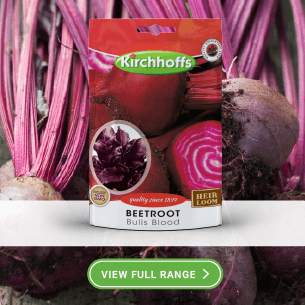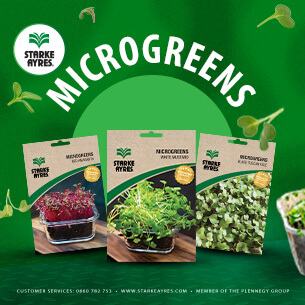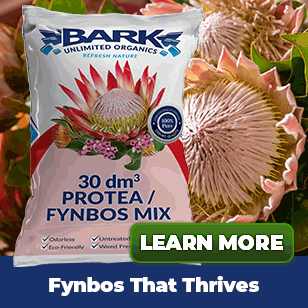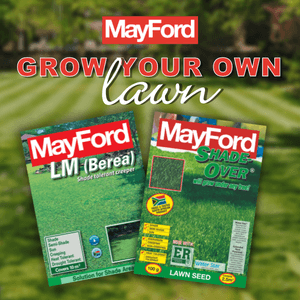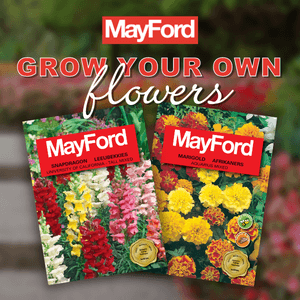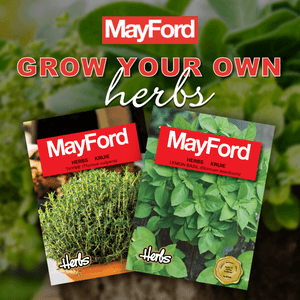| Botanical name | Hippeastrum x hybrids |
|---|---|
| Plant Care |  Deciduous Deciduous – Sheds Its Leaves Annually  Half Sun Half Sun – Prefers 3 To 6 Hours of Sunlight a Day.  Shade Shade – Prefers Low Light Levels.  Semi Frost Hardy Semi Frost Hardy – Is Able to Survive Moderately Low Temperatures.  Moderate Watering Moderate Watering – Requires Regular Watering.  Non Indigenous Non Indigenous – Exotic to South Africa. |
| Categories | |
| Flowers | Thi well-known summer-growing bulb has trumpetshaped, single and double flowers that come in a range of colours, including white, rose, pink, red, salmon, orange, and red with white stripes. |
| Common name(s) | Amaryllis, Christmas flower |
| Origin | |
| Planting instructions | When planting, leave the neck and shoulder of the bulb above the soil. |
| Other languages | Maartlelie (A) |
Hippeastrum x hybrids (Amaryllis, Christmas flower)
- Botanical name: Hippeastrum x hybrids
- Common name(s): Amaryllis, Christmas flower
- Categories: Bulbs
Plant description:
Well-known summer-growing bulbs. Trumpetshaped single and double flowers come in a range of colours, including white, rose, pink, red, salmon, orange, and red with white stripes. When planting, leave the neck and shoulder of the bulb above the soil.
Family: Amaryllidaceae
Botanical Pronunciation: hih – pee – ASS – trum
Hippeastrum x hybrids requirements and features
info on these icons
Moderate Maintenance
Requires moderate maintenance.
Prohibited Use Notice: No Data Scraping Allowed Except for Search Engine Indexing:
The content provided on PlantInfo.co.za is intended for personal, non-commercial use only. Unauthorized extraction, reproduction, or use of the data, including scraping, for any purpose other than search engine indexing is strictly prohibited. Violations of these terms may result in legal action. By accessing and using this website, you agree to comply with these conditions and acknowledge the legal restrictions on the use of our content.
Thi well-known summer-growing bulb has trumpetshaped, single and double flowers that come in a range of colours, including white, rose, pink, red, salmon, orange, and red with white stripes. 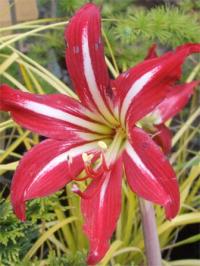
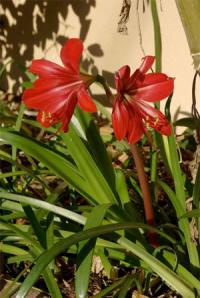
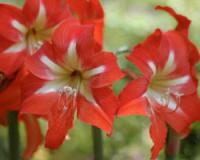
Hippeastrum x hybrids (Amaryllis, Christmas Flower)
Overview
Common Name: Amaryllis, Christmas Flower
Scientific Name: Hippeastrum x hybrids
Family: Amaryllidaceae
Origin: Hybrid, primarily from tropical and subtropical regions of the Americas
Description
Amaryllis is known for its large, trumpet-shaped flowers that bloom atop tall, sturdy stems. The blooms come in various colors including red, white, pink, salmon, and orange, as well as striped and multicolored varieties.
Plant Size
Height: Typically 30-60 cm (12-24 inches)
Spread: 20-25 cm (8-10 inches)
Growth Habits
Flowering Period: Late winter to early spring; can be forced to bloom indoors during the holiday season.
Leaves: Strap-shaped, glossy green leaves that grow after flowering.
Flowers: Large, trumpet-shaped flowers, usually 2-6 per stalk.
Cultivation
Light: Prefers bright, indirect sunlight. Direct sunlight may scorch the leaves.
Soil: Well-draining, fertile potting mix. Prefers slightly acidic to neutral pH.
Watering: Water sparingly until the stem appears, then more frequently as the plant grows and flowers. Allow the soil to dry out slightly between waterings.
Temperature: Thrives in average indoor temperatures, ideally between 20-25°C (68-77°F).
Fertilization: Use a balanced, water-soluble fertilizer every 2-3 weeks during the growing period.
Care
Pruning: Deadhead flowers after blooming. Cut back the stalk to within an inch of the bulb when it begins to yellow.
Repotting: Repot every 3-4 years or when the bulb outgrows its pot.
Dormancy: After flowering, continue to water and fertilize as leaves develop. Then reduce watering to induce a dormancy period of 8-10 weeks.
Propagation
Method: Primarily through division of offsets (small bulbs) that develop alongside the main bulb. Can be separated and planted in individual pots.
Timing: Best done when repotting, usually in the autumn.
Common Problems
Pests: Watch for aphids, spider mites, and mealybugs.
Diseases: Bulb rot due to overwatering; red blotch (Stagonospora curtisii) which causes red spots on leaves and stalks.
Other Issues: Weak, floppy stems or lack of flowering can result from insufficient light or over-fertilization.
Uses
Amaryllis is a popular indoor plant, especially around Christmas due to its festive colors. It’s ideal for window sills, sunrooms, and as a centrepiece for holiday decorations. Its large, showy flowers make it a popular choice for gifts during the holiday season.
Additional Information
Toxicity: Amaryllis bulbs are toxic to pets and humans if ingested.
Conservation Status: Not listed as threatened or endangered.







